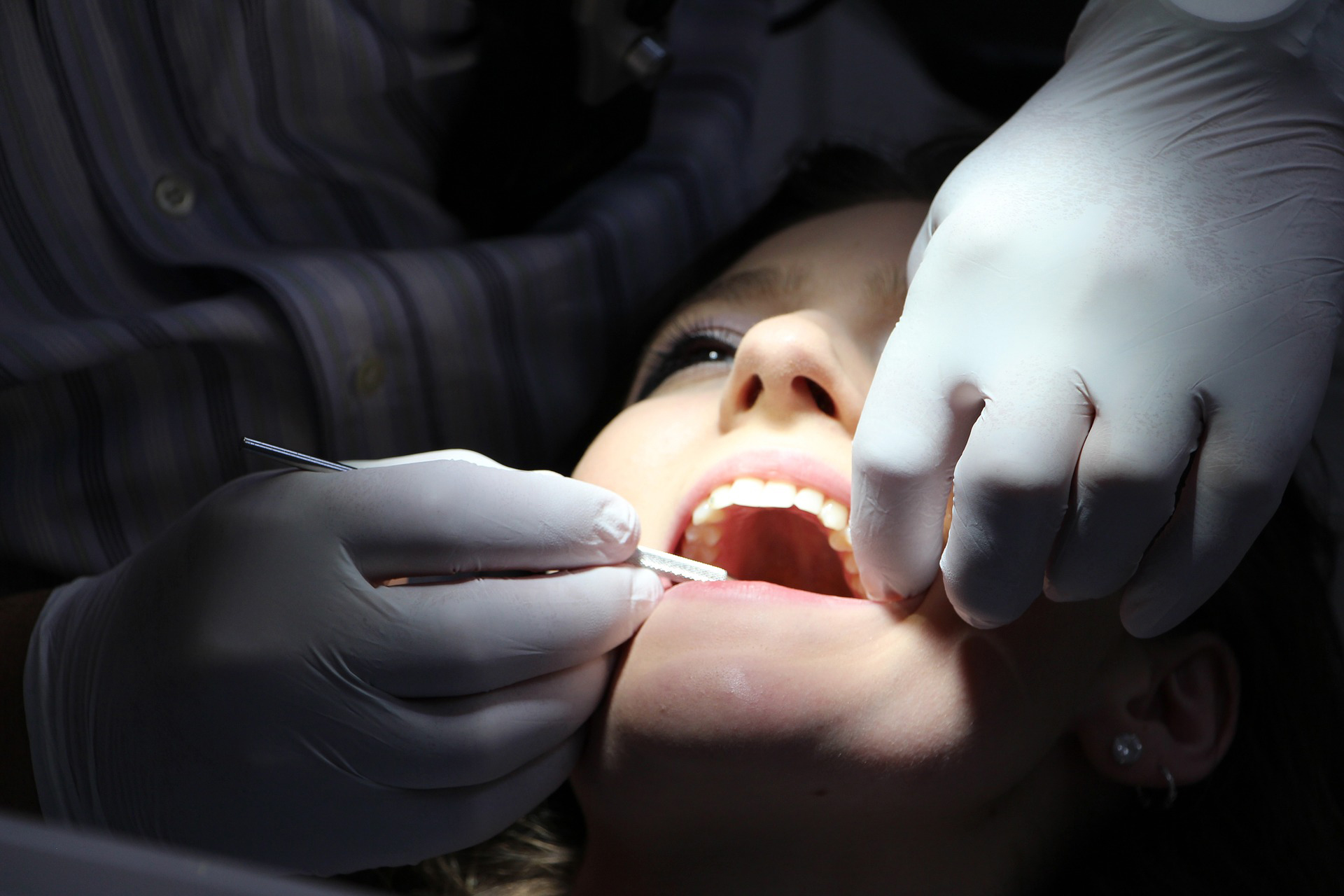The sounds of whirring drills and the bright lights of the dentist’s office are not always happy associations for many people, especially those who have had to have dental surgery like a root canal.
As unpleasant as they may be, root canals also known as pulp therapy, can save teeth. Pulp therapy protects inside of the tooth beneath the hard enamel composed of soft tissue, blood vessels, and nerves. Root canals also prevent future decay and damage.
Our teeth are made up of layers, two of which are dentin and pulp. While tooth enamel is very hard, dentin is more akin to bone and protects the pulp if the enamel is damaged.
During a root canal, the pulp of the tooth is removed and then a rubbery material fills the space created. However, there may be a way to regenerate a patient’s natural pulp and dentin.
Dr. Mina Mina, UConn Health professor of pediatric dentistry, has received $449,125 from the National Institutes of Health to better understand the roles of signaling pathways that regulate regeneration of the dentin-pulp complex.
The hedgehog signaling pathway is responsible for orchestrating the differentiation of many cells including adult stem cells. This pathway, in conjunction with a transcription factor, can signal the mesenchymal stem cell population found in pulp to give rise to a second generation of odontoblasts which can rebuild damaged dentin.
This research could help pave the way for future advancements in bioengineering functional teeth despite damaged pulp.
Dr. Mina received her DMD from the National University of Iran and her PhD from UConn Health in biomedical sciences. Her laboratory studies molecular and cellular mechanisms, which regulate the formation of organs in embryos and their renewal and regeneration in adulthood. Currently her laboratory studies the origin, maintenance, proliferation and differentiation of adult stem cells using adult stem cells in dental pulp as a model system.
She serves as the chair of the Department of Pediatric Dentistry and is the director of the UConn Health DMD/PhD program.
This project is NIH Grant No.: 1R21DE027807-01.



